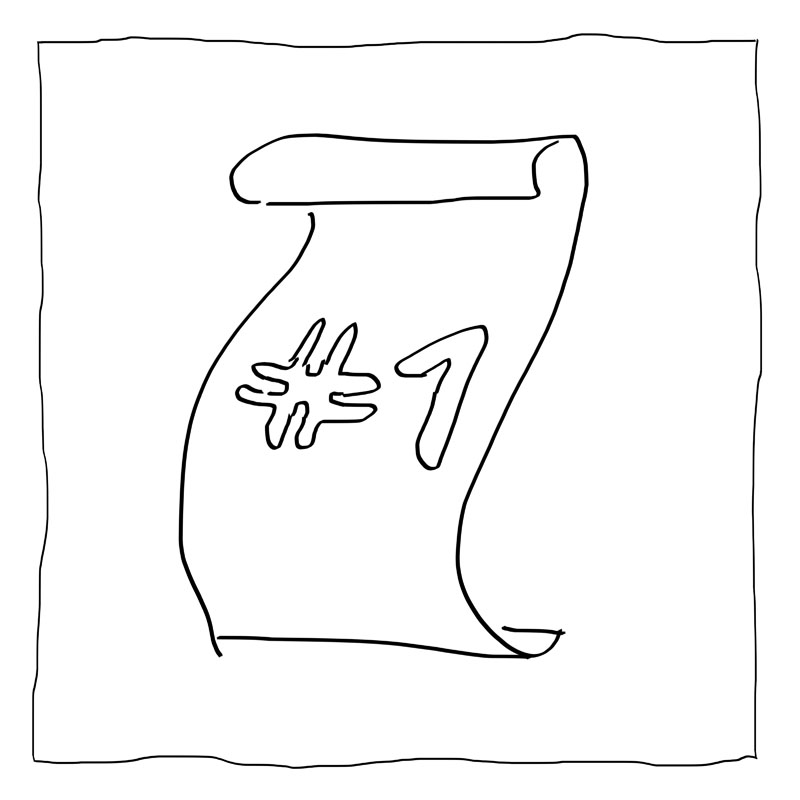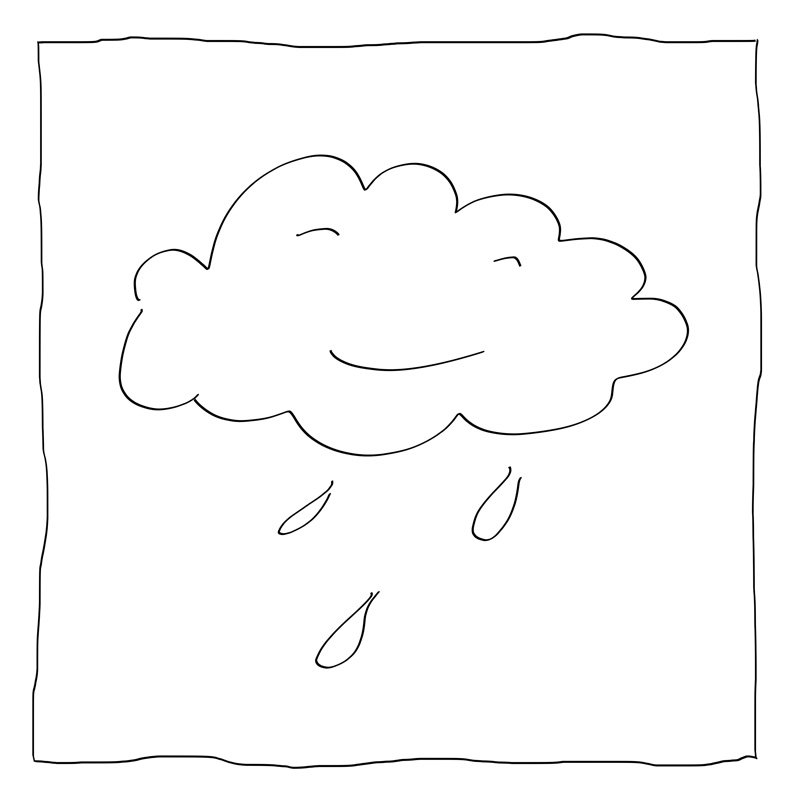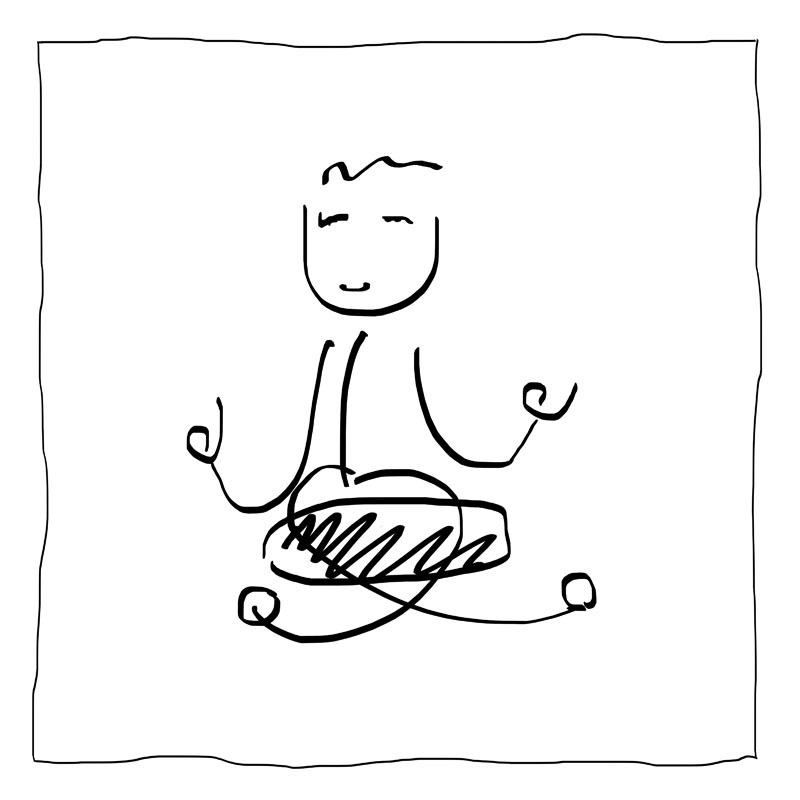The Golden Rule Of Meditation
Notice whenever you find your attention slipping.
Over time, you will get quicker at realizing when your mind has begun to wander. Once you realize your mind has started to get lost in thoughts., gently bring your attention back to your meditation (for example to your breath, one of your 5 senses or another type of meditation anchor).






